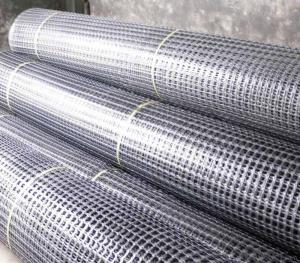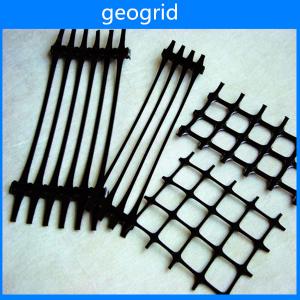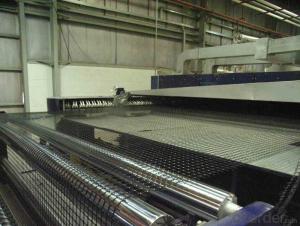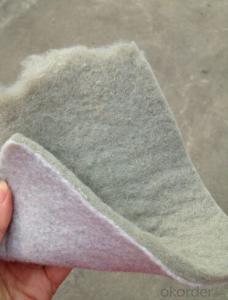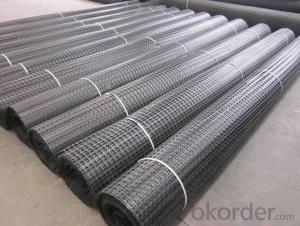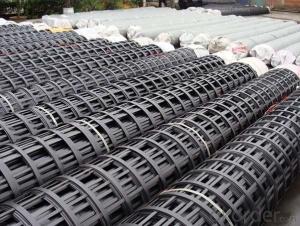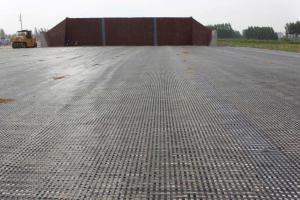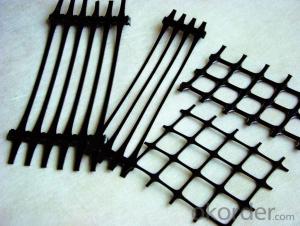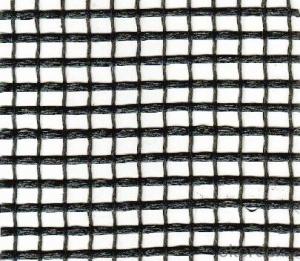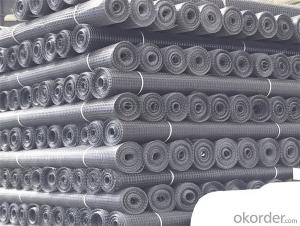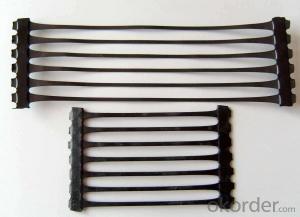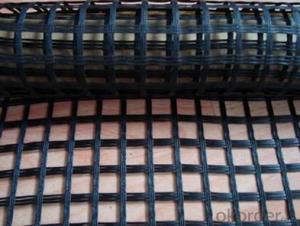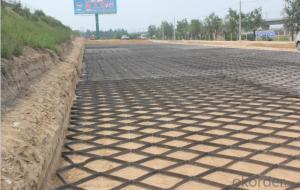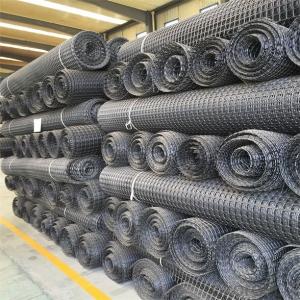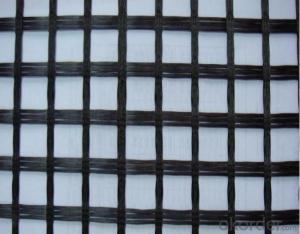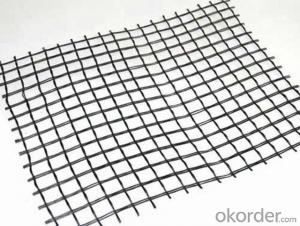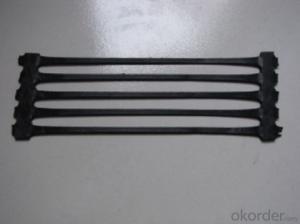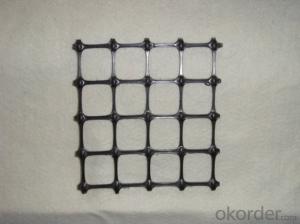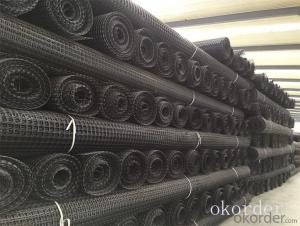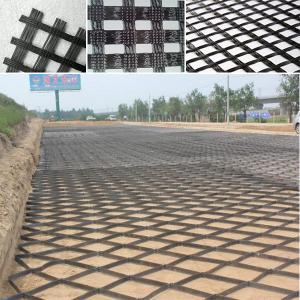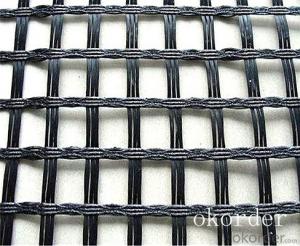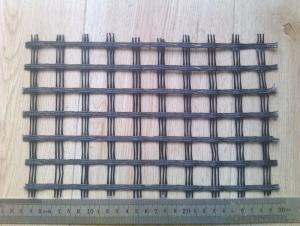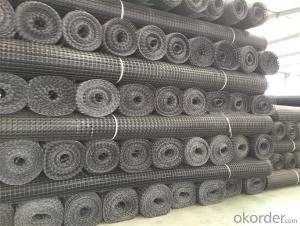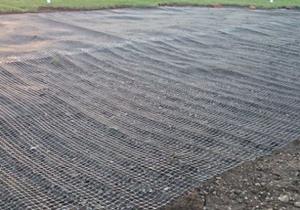Geogrid Ground Stabilisation
Geogrid Ground Stabilisation Related Searches
Geogrid Stabilization Geogrid Slope Stabilization Geogrid Subgrade Stabilization Base Stabilization Geogrid Geogrid For Soil Stabilization Geogrid For Road Stabilization Geogrid Stiffness Geogrid Pavement Reinforcement Geogrid Base Reinforcement Geogrid Placement Geogrid Pavement Geogrid Reinforced Soil Geogrid Strength Geogrid Construction Geogrid Installation Geogrid-Reinforced-Soil Geogrid Asphalt Reinforcement Slope Reinforcement Geogrid Geogrid Reinforced Foundation Geogrid Slope Protection Geogrid Reinforced Slope Geogrid Paving Geogrid Retaining Walls Geogrid Erosion Control Erosion Control Geogrid Tensar Geogrid Reinforcement Geogrid Parking Retaining Wall Geogrid Synthetic Geogrid Laying GeogridGeogrid Ground Stabilisation Supplier & Manufacturer from China
Geogrid Ground Stabilisation is a specialized product designed to enhance the structural integrity and load-bearing capacity of soil in various construction projects. This innovative technology involves the use of geogrids, which are plastic grids or meshes that are installed beneath the soil surface to reinforce and stabilize it. The geogrids work by distributing the load across a larger area, thereby reducing the pressure on the soil and preventing subsidence or other forms of ground failure.Geogrid Ground Stabilisation finds its application in a wide range of scenarios, including road construction, railway track beds, embankment reinforcement, and slope protection. By using geogrids, engineers can create a more stable and durable foundation, which in turn leads to longer-lasting infrastructure and reduced maintenance costs. This product is particularly useful in areas with weak or variable soil conditions, where traditional construction methods may not provide adequate support.
Okorder.com is a leading wholesale supplier of Geogrid Ground Stabilisation products, offering a comprehensive inventory to meet the needs of various construction projects. With a commitment to quality and customer satisfaction, Okorder.com ensures that the geogrids they provide are made from high-quality materials and adhere to industry standards. Their extensive inventory allows customers to find the right geogrid solution for their specific requirements, making Okorder.com a reliable choice for those seeking to enhance ground stability through Geogrid Ground Stabilisation.
Hot Products
